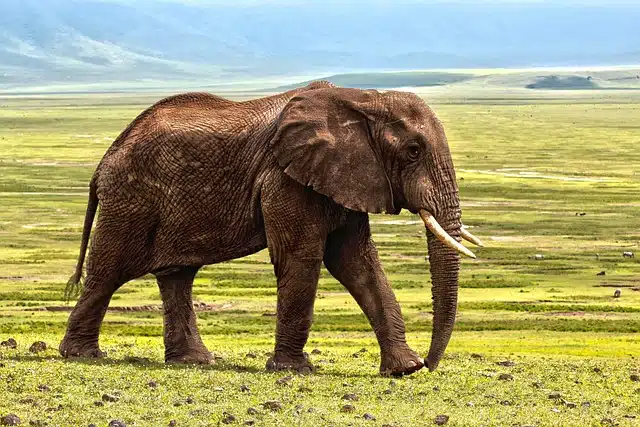
Cladistics studies the evolutionary links between species.
The area of biology dedicated to the study of evolutionary links between species is known as cladistics . This discipline examines those derived properties that different organisms share to then proceed to classify and group them according to their common characteristics.
Cladistic analysis
The work developed by cladistics is called cladistic analysis . The information obtained is poured into a diagram - called a cladogram -, where the relationships are specified and each subtree is a clade .
Generally, cladistic analysis involves studying morphological, biochemical and genetic data, among others. Those organisms included in the same clade have common ancestors.
In short, cladistics uses cladistic analysis (based on the study of genes, biochemistry, morphology, etc.) to create schemes called cladograms . The multiple subtrees that appear in the cladograms are the clades , with the tips of the branches being the taxa . The clades, in turn, constitute lines of descent that are defined from the characters of their members.
Taxa and character
The ends of the branches of the cladogram, on the other hand, allow the representation of taxa . Ideally, the branches branch, with the two resulting taxa being what are known as sister groups .
Another important notion in the field of cladistics is character . A general category is called character, while character states are the variations that can appear in said category. The level of complexity that is reflected through the characters serves to establish grades .
Cladistic classification
The taxa studied by cladistics must be clades. In other words, specialists in this area of biology point out that cladistic classification should aim to ensure that only the clades remain, leaving everything else behind. On the other hand, taxonomy argues that paraphyletic groups (a group that influences a common ancestor but not all its descendants) and monophyletic groups (all organisms have the same evolutionary path) can be considered taxa, although they frequently rely on the cladist techniques.
We also have polyphyletic groups, in which we can observe different evolutionary lines for its members. Such is the case of elephants and rhinoceroses, since they originated from animals that were not pachyderms , although both belong to this group . According to evolutionary taxonomy, polyphyletic groups represent an erroneous classification, which occurs due to an incorrect interpretation of convergence, for example, which is the phenomenon that occurs when two similar structures evolve independently from different ones.

Elephants and rhinos are pachyderms, but they arose from ancestors that were not.
In this framework, we must mention Willi Hennig , a German biologist who lived between 1913 and 1976 who made unparalleled contributions to both cladistics and phylogenetic analysis. Today, in accordance with its legacy, the scientific community that supports cladistics maintains that both polyphyly and paraphilia are "harmful" in that they require relatively arbitrary decisions to be defined. Unlike monophyly, which can be defined objectively, taking as reference a common ancestor or the existence of synapomorphies (characters that serve to understand the phylegy of a given group), the other two must be supported by the selection of certain characters. by scientists, and there is no single correct decision.
It is also important to note that according to certain cladists, the mere recognition of certain ranges can be subjective when studying groups of species, which is why they do not provide useful data. Simply put, they believe they should not be taken into account.
